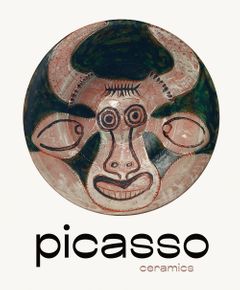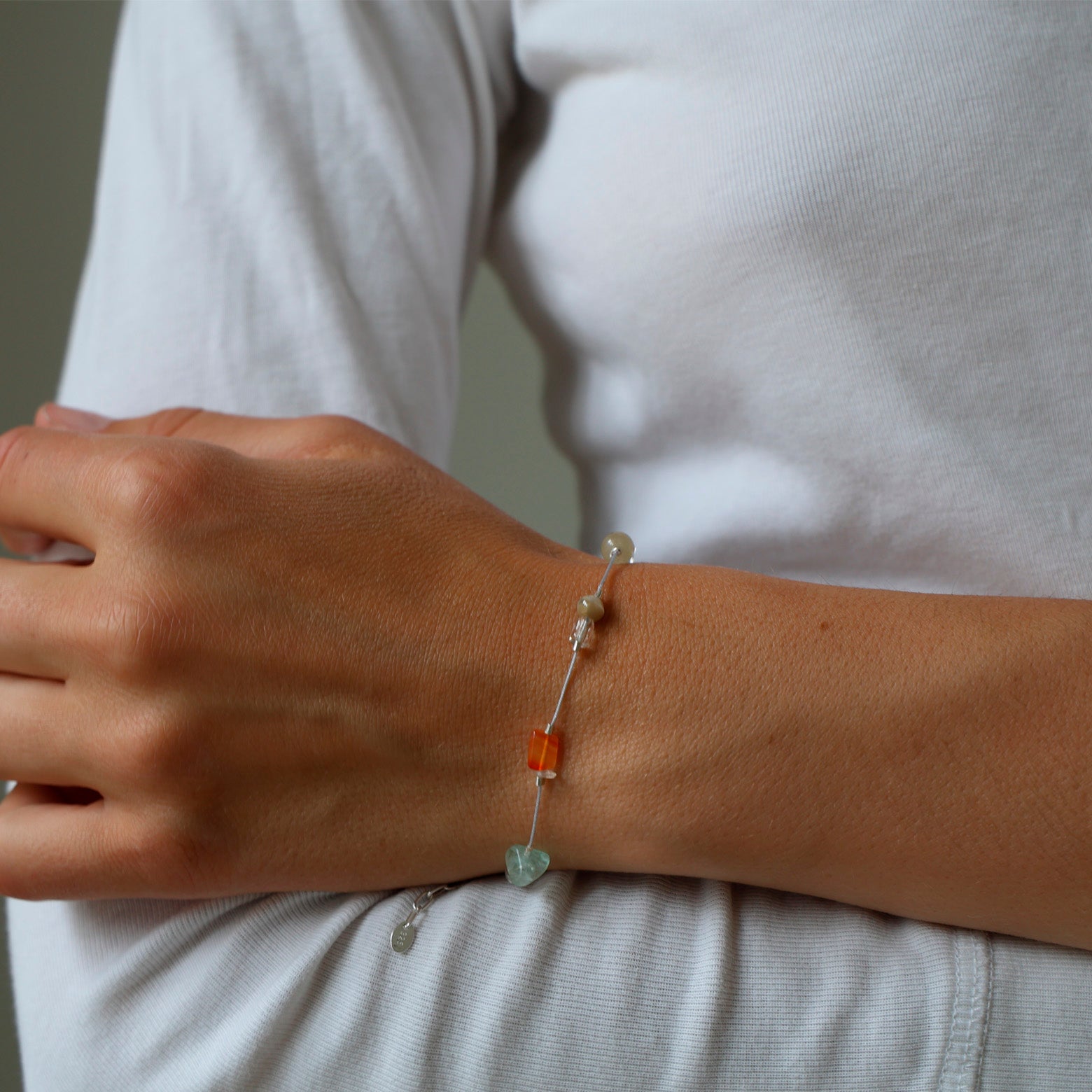
Picasso ceramics
Choose options

In 1946, Pablo Picasso visited an exhibition of ceramics in Vallauris, an area in southeastern France known for its ceramics. It was a defining moment for Picasso, who throughout his long life was always looking for new artistic challenges in every conceivable material. He moved to the region soon after and established a permanent connection with the Madoura pottery workshop in 1948.
Picasso's Ceramics expresses the restless, fluid lightness of his later years. His experiments with various ceramic materials, oxides and glazes created an enormous body of work: around 4,000 ceramic objects with motifs of animals and women, among others, evoked through Picasso's ingenious, elegant handling of form and line. This great work in ceramics constitutes a lesser-known but highly original part of Picasso's oeuvre.
Picasso Ceramics presents more than 150 of Picasso's most important ceramic works, reproduced in beautiful four-color prints and texts about the artist's works in ceramics. The book also includes a detailed glossary of ceramic terms and a review of the forms Picasso most often used.

Materials & Measurements

